Description by Off Land (aka Tim Dwyer, the author):
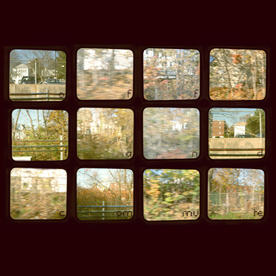 Let’s go back to 2006.
Let’s go back to 2006.
I used to hate my job, the dead-end brainless work.
Even more, I used to hate my commute.
An hour by subway what would take 20 minutes by car if I had owned one.
Everyday I walked to the subway, switching lines in town and took a 2nd line to the end.
I dreamed that one day the subway would take me past the last stop, just keep going.
Or maybe I would end up somewhere else, somewhere new.
Music was my salvation, my soundtrack, those two hours each day.
With or without music the commute was a score I listened to countless times.
On two occasions, for posterity, I recorded the commute.
Now it’s 2009 and my life has changed so much.
I look back into the dust of times and accompany a soundtrack to those days of travel.
This was my commute.
The Process: Commute is an experimental concept album about commuting. The album is the length of my commute in 2006. I recorded my commute four times (2 out and 2 back), overlapping all four audio recordings into one 68 minute sound collage. This soundscape became the foundation of the composition and the subtle ambiance heard throughout Commute. Tones were designated to various sounds; watery piano for people & chimes, dulcimer drones for cars, drums for rain & subway tracks, low drones for subway cars, and synths for general ambient noise. The structure was entirely in the hands of the field recording collage. It was my conscious decision however to break Commute up into three sections. Each section represents a different leg of the commute (1 – The walk to the subway / 2 – The ride downtown / 3 – The 2nd line outbound).
Published by Resting Bell netlabel. Download from here.

 Sylvie Walder and entia non (James McDougall) are well-known names in the netlabel-world and beyond. Sylvie Walder released collaboration-albums with Phillip Wilkerson, Siegmar Fricke, and “_” (as Kakitsubata). entia non has released solo-works on test tube, IOD, u-cover, Resting Bell and contributions on compilations for duckbay and Slow Flow Recs.
Sylvie Walder and entia non (James McDougall) are well-known names in the netlabel-world and beyond. Sylvie Walder released collaboration-albums with Phillip Wilkerson, Siegmar Fricke, and “_” (as Kakitsubata). entia non has released solo-works on test tube, IOD, u-cover, Resting Bell and contributions on compilations for duckbay and Slow Flow Recs.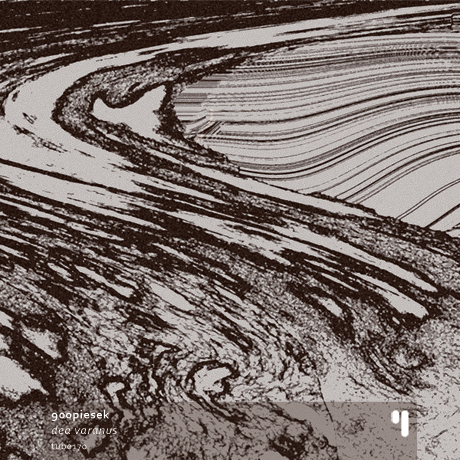 Matúš Mikula, aka 900piesek, è slovacco, uno dei giovani musicisti elettroacustici europei che creano una sorta di science fiction ambient con un po’ di nostalgia degli anni ’70.
Matúš Mikula, aka 900piesek, è slovacco, uno dei giovani musicisti elettroacustici europei che creano una sorta di science fiction ambient con un po’ di nostalgia degli anni ’70.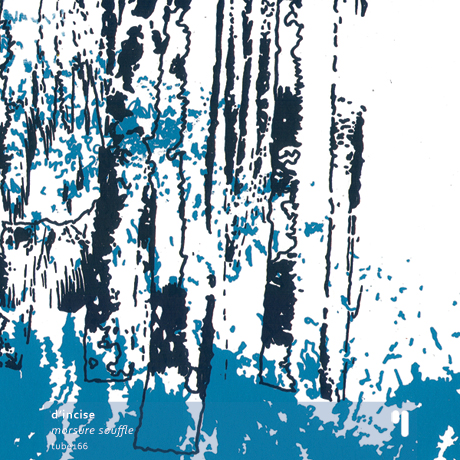 Laurent Peter è un musicista svizzero (Ginevra) più noto come
Laurent Peter è un musicista svizzero (Ginevra) più noto come  Ok, un po’ di tranquillità dopo lo sforzo organizzativo del Premio Nazionale delle Arti.
Ok, un po’ di tranquillità dopo lo sforzo organizzativo del Premio Nazionale delle Arti.
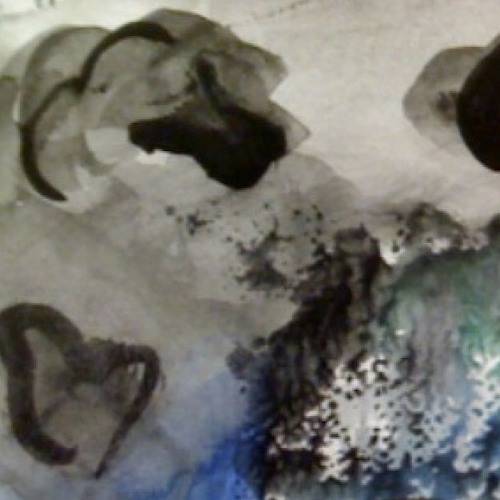
 Brian Eno’s
Brian Eno’s 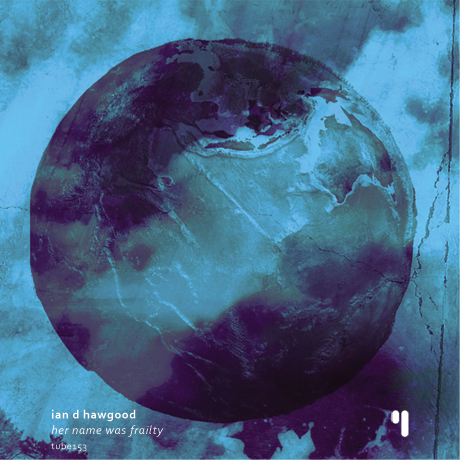 This is one of those releases that floods me with metaphorical insights.
This is one of those releases that floods me with metaphorical insights.